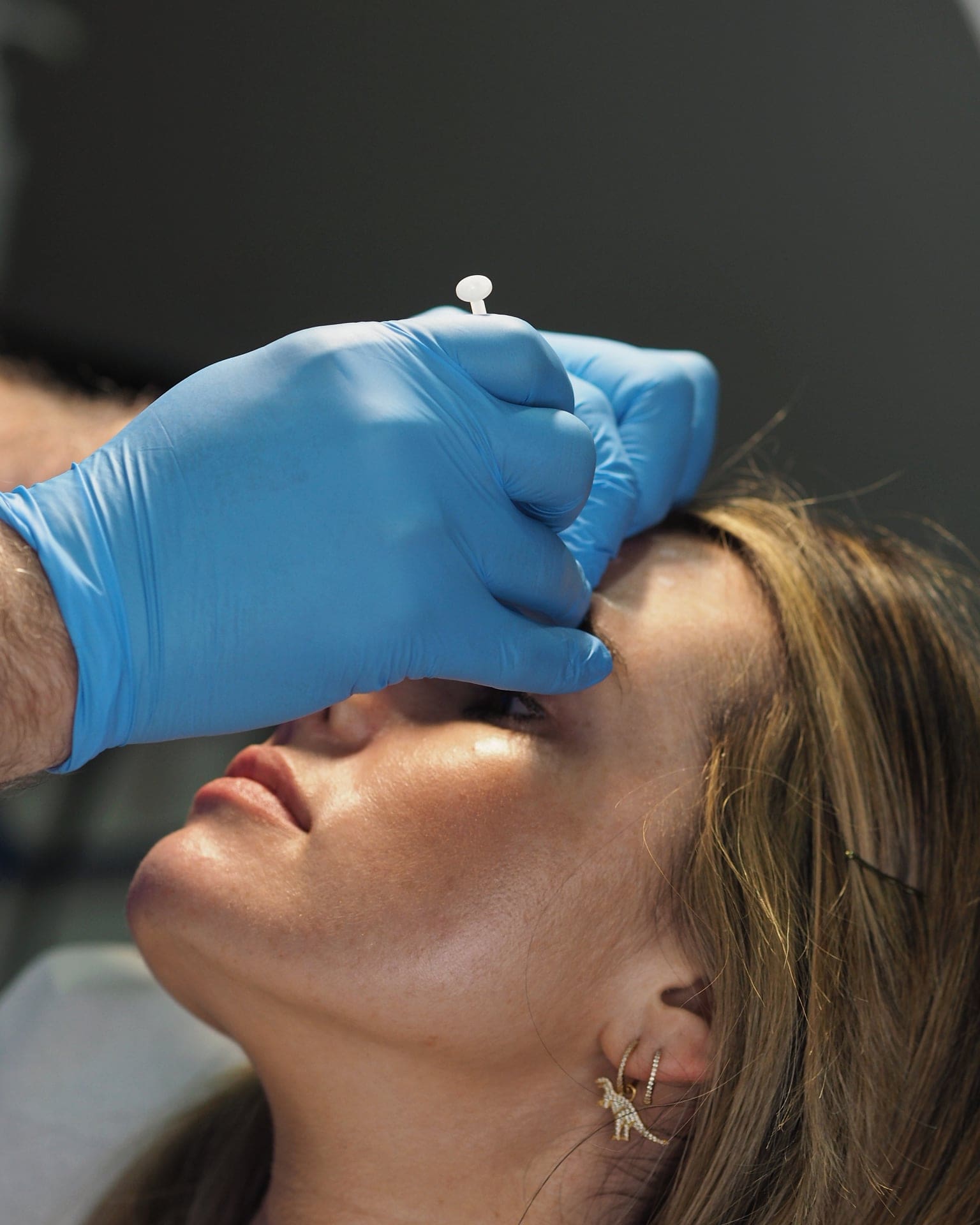Breast Asymmetry Correction
Breast Asymmetry Correction Surgery: Restore Balance and Confidence
What is Breast Asymmetry?
Breast asymmetry is a common condition where one breast is noticeably different in size or shape compared to the other. While mild asymmetry is natural and often goes unnoticed, for some women, it can become a source of self-consciousness, discomfort, or emotional distress. This may include difficulties finding properly fitting bras or clothing, body image issues, or even physical discomfort, such as back or shoulder pain, caused by the imbalance.
For teenage girls, breast asymmetry can impact self-esteem, leading to peer pressure and body image challenges. In these cases, seeking professional advice and considering breast asymmetry correction surgery may offer relief and restore confidence.
When Should You Consider Breast Asymmetry Surgery?
If the degree of asymmetry causes noticeable discomfort, emotional distress, or difficulty wearing bras, swimsuits, or clothing, breast asymmetry surgery may be the best option. Surgical intervention may also be recommended if the asymmetry leads to back or shoulder pain due to uneven breast weight distribution.
Consulting with an accredited plastic surgeon who is on the GMC specialist register is essential for developing a treatment plan that suits your individual needs and aesthetic goals. GMC Register
Surgical Options for Breast Asymmetry Correction
Breast asymmetry correction requires a tailored approach, and the right procedure depends on the degree of asymmetry and the patient’s desired outcome. The two most common options are one-stage surgery and two-stage surgery, as well as fat transfer (lipofilling) for natural breast enhancement.
One-Stage Breast Asymmetry Surgery
One-stage surgery aims to correct the size difference between the breasts in a single procedure. This can involve:
- Breast reduction on the larger breast to achieve symmetry
- Breast enlargement of the smaller breast using breast implants or fat transfer
- Mastopexy (breast lift) to improve breast shape and positioning
One-stage surgery is typically recommended for women over 30 years of age, especially those who have had children. However, in some cases, a reduction of both breasts may be necessary, though this is less common.
Two-Stage Breast Asymmetry Surgery
Two-stage surgery may be more suitable for younger women, especially those under 30, or patients with significant differences in breast size. The two stages involve:
- Stage 1: Insertion of an expandable breast implant into the smaller breast, gradually expanding it over time.
- Stage 2: After the tissue has been expanded, a permanent silicone implant is inserted. A mastopexy may be performed at this stage if needed.
This technique allows for more gradual tissue expansion, resulting in a natural-looking outcome.
Fat Transfer (Lipo-Filling / Lipomodelling) for Breast Asymmetry Correction
Fat transfer is another effective technique for correcting breast asymmetry. This procedure uses the patient’s own fat, typically harvested from areas like the abdomen, flanks, or thighs, to enlarge the smaller breast. Fat transfer can also be used alongside breast implants to refine the results and add volume, especially in the upper breast pole, in a procedure known as hybrid breast augmentation.
Fat transfer may require multiple stages (1-3 sessions) to achieve the desired volume and symmetry. It is ideal for patients looking for a more natural method of correction.
What to Expect After Breast Asymmetry Surgery
The Procedure
Breast asymmetry correction surgery is typically performed under general anesthesia, with most patients requiring one night in the hospital for monitoring. The specific combination of procedures—such as breast reduction, implant placement, fat transfer, and mastopexy—will depend on the patient’s needs and goals.
Recovery Process
- Swelling, bruising, and discomfort are common after breast surgery, but these symptoms generally subside over time.
- Pain management will be provided to ensure comfort during the recovery phase.
- Most patients can return to light activities within 3-4 weeks but should avoid strenuous exercise for about 4-6 weeks.
- Dissolvable stitches are typically trimmed after 10-12 days, and supportive bras are recommended for up to 6 weeks to aid in healing and reduce swelling.
Long-Term Results
Breast asymmetry correction generally provides long-lasting results. However, natural body changes over time—such as aging or weight fluctuations—may affect the shape and volume of the breasts. Regular follow-up appointments are essential to monitor and maintain optimal results.
Why Choose Breast Asymmetry Correction Surgery?
Correcting breast asymmetry can lead to a significant improvement in both physical comfort and emotional well-being. For many patients, this procedure restores confidence, improves body image, and eliminates the daily challenges of dealing with uneven breasts. With over two decades of experience in performing breast balancing procedures, I have witnessed how life-changing this surgery can be for patients, boosting self-esteem and quality of life.
If you are considering breast asymmetry correction, schedule a consultation today to discuss your options and determine the most appropriate surgical plan for you.
For more information about breast asymmetry
.






